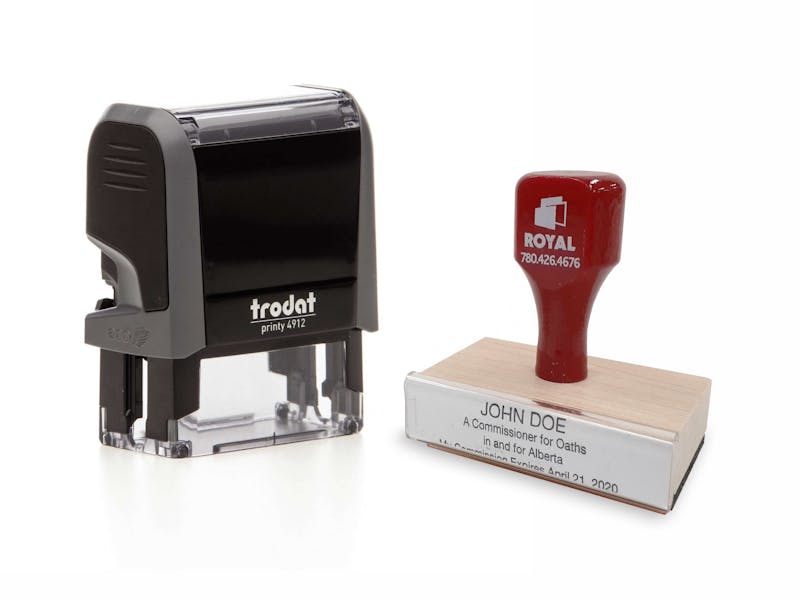Blog
Making an Impression: The History of Rubber Stamps
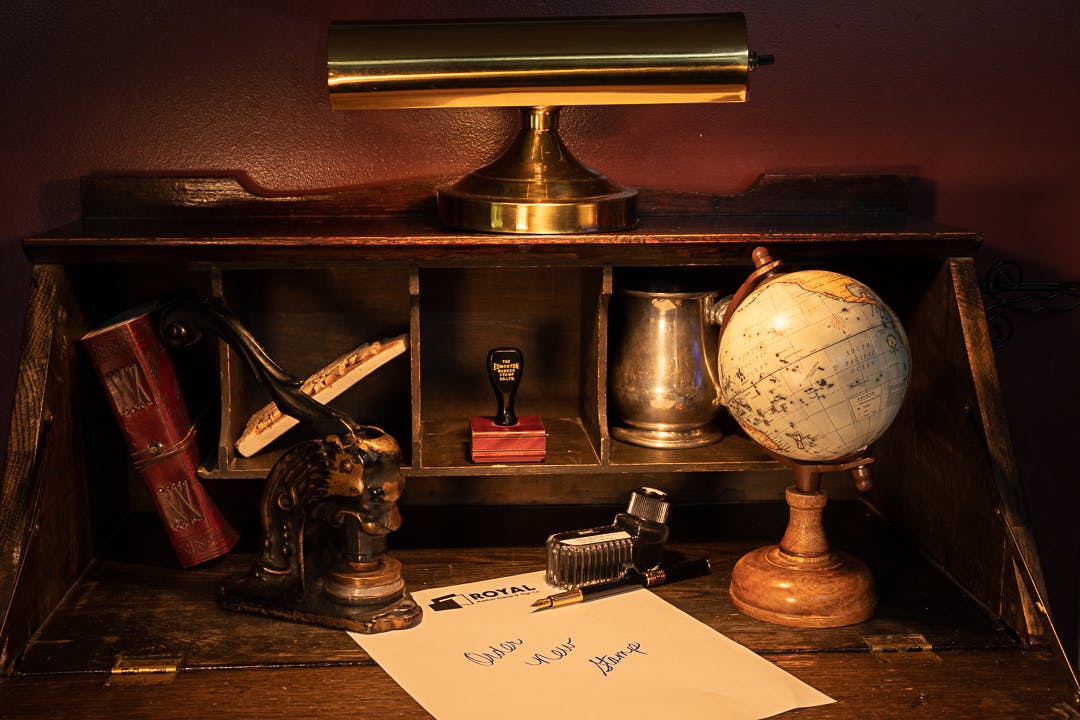
With a rich history dating back to 1957, Royal Rubber Stamp & Sign Company has always been committed to providing the Edmonton region with high-quality rubber stamps. Rubber stamps have since come a long way and though we are able to completely accommodate your business or personal customized stamp needs, we here at Royal continue to embolden the timeless tradition of rubber stamps.
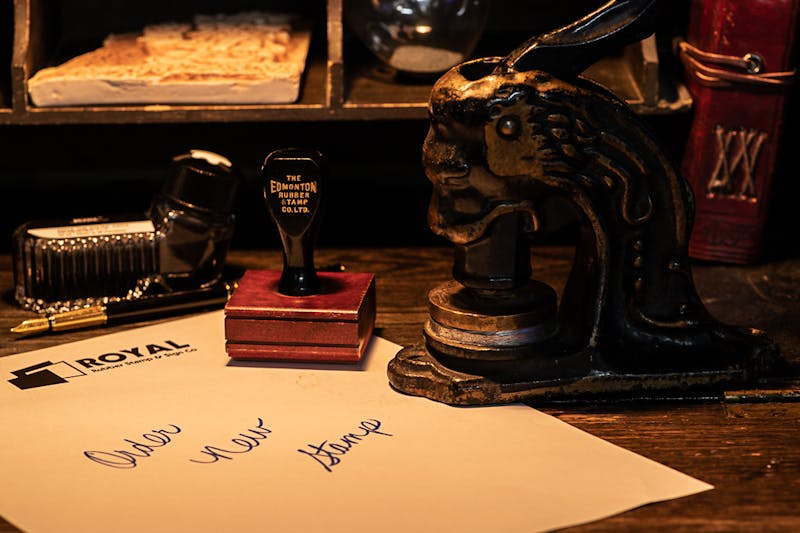
A Chip Off the Old Block: Stamping Before Rubber
With roots in East Asia dating back to China in antiquity, woodblock printing is an opening landmark in the road of inking stamps. Text and images would be hand carved into wooden blocks, inked, and finally imprinted onto textiles to create books and art. Woodblock printing would flourish around the world, creating new genres of art globally such as the Japanese Ukiyo-e, and directly influencing the European woodcut printing style that was popularized as an affordable alternative to the printing press.
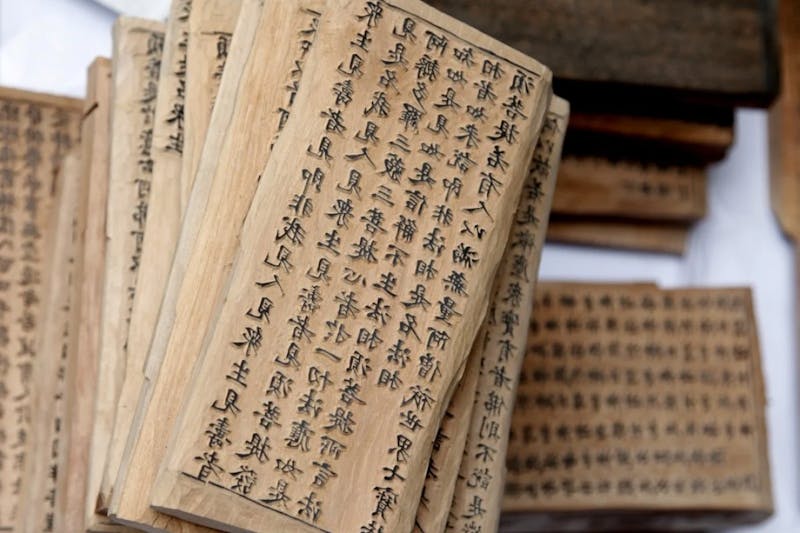
1844: a Goodyear for Rubber Stamps
The invention of the rubber stamp could not have occurred without self-taught chemist Charles Goodyear. Goodyear is credited for developing vulcanized rubber, a rigid rubber firm enough to keep its shape, in the year 1844. The production of vulcanized rubber on an industrial scale would pave way for the first appearance of the rubber stamp.
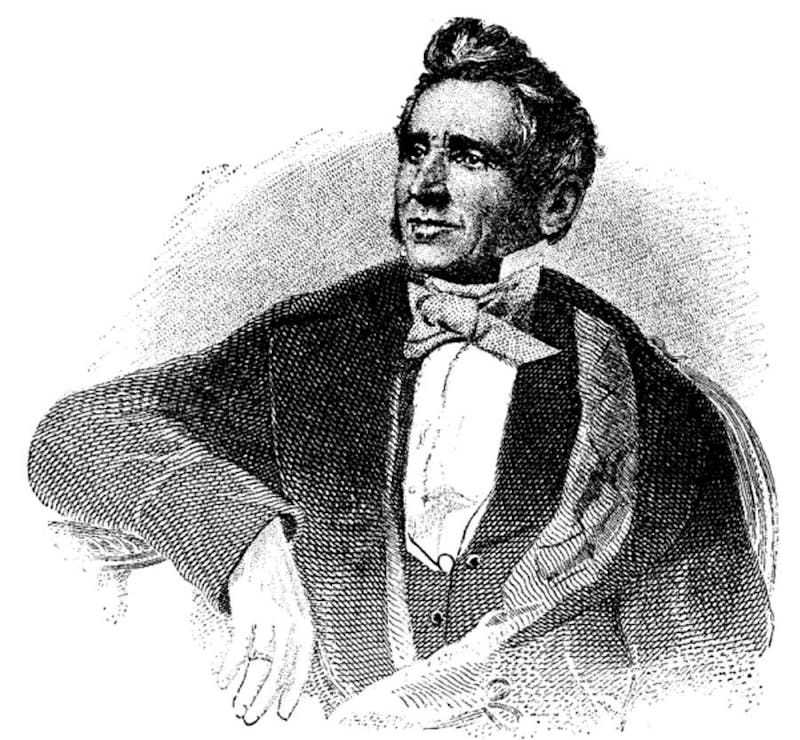
The Die is Cast: Rubber Stamp Uses Through the Years
As vulcanized rubber became more widespread in its uses during the early 1860s, James Orton Woodruff sought to use a variation of a dental vulcanizer to create stamps, mounting the rubber dies onto black walnut wood. Ultimately Woodruff’s stamps were unsuccessful, as the only inks available contained a solvent that reacted with the rubber die. But the tradition of wooden mounts remains.
Nearly 100 years later Fred R. Tannery was approved for a handheld rubber stamp patent with interchangeable characters, a very similar design to the rubber stamps used today commercially.
The industry of rubber stamps began to expand for a variety of uses, from optimizing office paperwork, to making waves in mail art and scrapbooking trends.
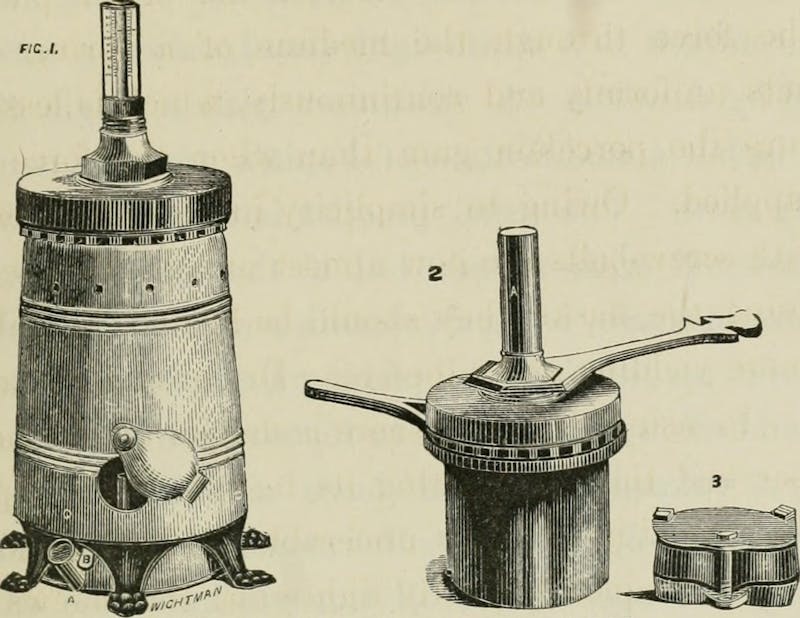
The Ink Isn’t Dry Yet: Stamps at Royal Today
Today at Royal, we make stamps for any occasion…even when the rubber hits the road! We now create our stamps on polymer sheets– a far cry from vulcanized dental rubber. This enables accurate reproduction of logos, graphics, and signatures.
With fully customizable shapes and sizes, Royal Rubber Stamp’s traditional rubber stamps and daters (used with ink pads) are perfect for endless stamping applications in both office and home settings. The rocker base even allows for traditional stamps to mark on large or uneven surfaces such as boxes and bags.
The self-inking Trodat stamps and pre-inked Evo stamps are another fantastic option, as they are easy to use, store, maintain, and transport, and do not require an ink pad.
